Latest Post
Thanksgiving 2021: Things to be thankful for
Oct 25, 2021
Should You Travel Now?
Aug 30, 2021
5 Vegan Apps on our Good-To-Have List
Apr 5, 2021
5 Spring destinations on our travel wish list
Mar 19, 2021
10 Things I Miss About Traveling
Feb 28, 2021
Why we need to spend more time in green spaces during a pandemic
Feb 16, 2021
QuarantineEats: Vegan Food Finds While in Lockdown
Jan 19, 2021
3 New Year resolutions for 2021
Dec 30, 2020
Blog

Thanksgiving 2021: Things to be thankful for
By Tina Chau • Oct 25, 2021
Thanksgiving has always been one of the most widely celebrated holidays in the US. For many, it is a tradition -- a time for gatherings and reconnecting with family and friends. The pandemic has since added poignancy to the occasion with last year's socially distanced celebrations. This year we look forward to another Thanksgiving with more reasons to be grateful for.
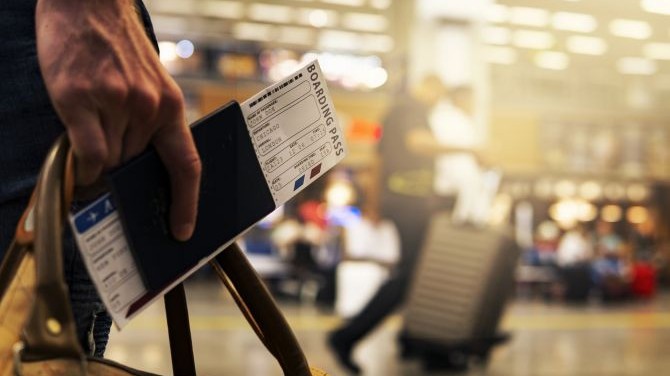
Should You Travel Now?
By Mhegan Lee • Aug 30, 2021
With more people getting vaccinated things were looking up that a safer new normal may just be around the corner. That maybe it is time to start planning a trip overseas. But the emergence of new COVID-19 variants like Delta, which is more contagious than the earlier variants, could put vacation plans on hold again. If you are thinking of traveling abroad for vacation, here are some things to consider before you go.
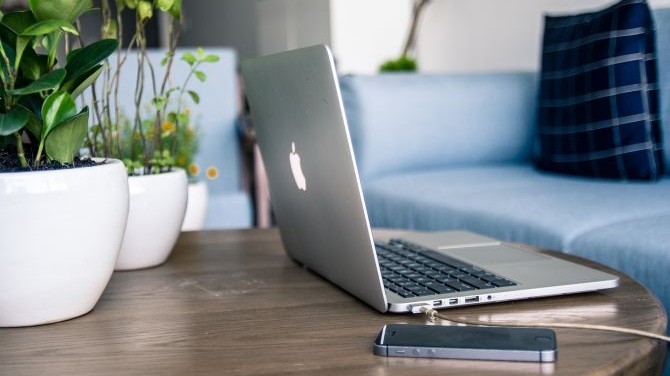
5 Vegan Apps on our Good-To-Have List
By Tina Chau • Apr 5, 2021
Many of us may not be planning any international travel soon. But that does not mean we cannot enjoy all things vegan, connect with people, and be a part of a community. Here are 5 vegan apps that help us do all that and more.

5 Spring destinations on our travel wish list
By Mhegan Lee • Mar 19, 2021
Spring begins this Saturday, March 20th. It is a poignant time after the life-changing year we had. The COVID-19 pandemic is still here but we have come a long way in dealing with it -- from doing the health and safety measures to seeing the roll-out of vaccines, there is much to be hopeful for. Choosing to stay "stuck" at home this season does not stop us from thinking about the beautiful spring destinations to visit someday. And here are just some of them in no particular order.
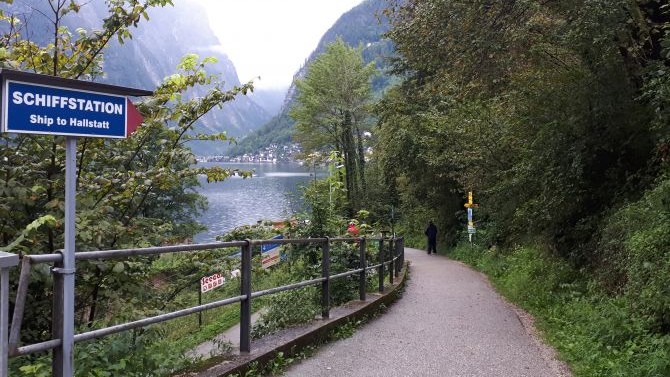
10 Things I Miss About Traveling
By J Lerin • Feb 28, 2021
As the big pause in travel continues, I find myself straddling that line between restlessness and settling in. Looking back, 2019 was when I traveled more than I did in the past. And 2020 was looking like another year of traveling. Until COVID-19 happened. After over a year of being grounded, here are some of the things I miss most about traveling.
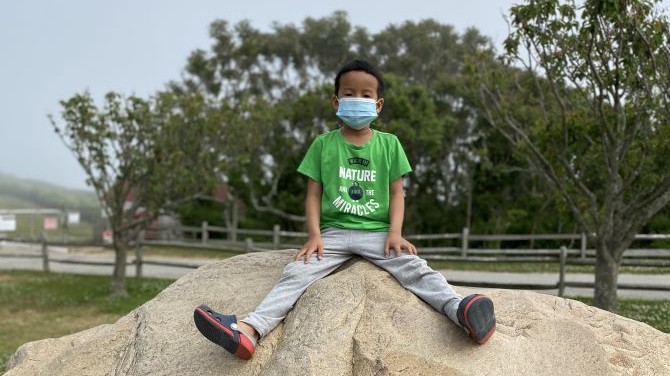
Why we need to spend more time in green spaces during a pandemic
By Tina Chau • Feb 16, 2021
Life for many of us since the pandemic started has been about adjusting to traveling restrictions, working from home, sheltering in place, and physical distancing. While things have been getting better, we still find ourselves cautiously navigating a different normal in our daily life. International travel may not be high on our list of priorities at this time, but some of us are probably yearning to be out and about. And there's nothing like getting closer to nature at this time to keep our balance.
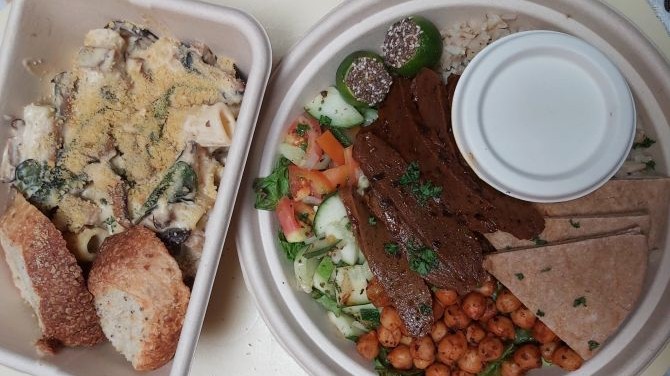
QuarantineEats: Vegan Food Finds While in Lockdown
By Lei Nirel • Jan 19, 2021
Lockdowns in the Philippines started at midnight on March 15, 2020 in Metro Manila. Other cities across the country followed soon after. Davao City implemented its community quarantine beginning April 4th last year. And since then, life has not reverted to pre-corona days. Life in lockdown continues. Eating out seems like a distant memory to me now. But spending most of my time at home led to some delicious discoveries.
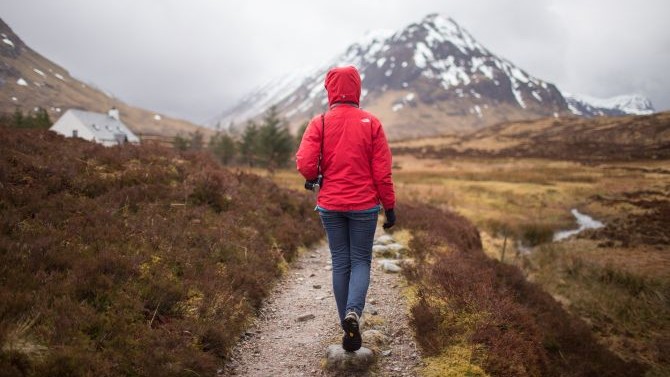
3 New Year resolutions for 2021
By Mhegan Lee • Dec 30, 2020
If there's one thing that everyone can probably agree on it would be this: 2020 has been a year unlike any other. But here we are about to welcome a new one on a hopeful note. It may still seem uncertain when this COVID-19 pandemic will be over. And yet there is this budding hope for a better year.


